
|
|
|
|
|
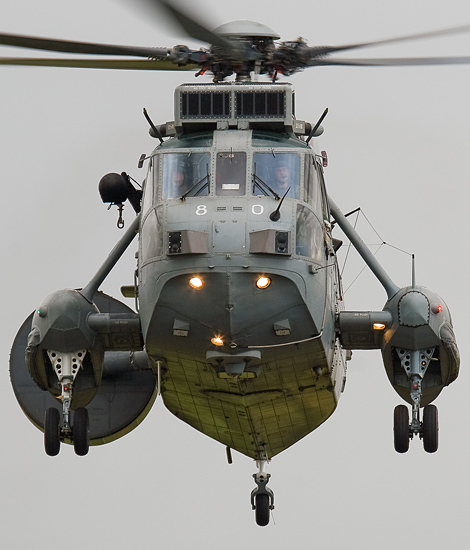
|
United Kingdom Tour Part Five; RAF Fairford July 19, 2009
The Royal International Air Tattoo; Text and Photograph's by Alex van Noye
After a period of two days in the Netherlands, I returned to the UK on Sunday July 19th. I
came back to the UK to visit the RIAT at RAF Fairford. The RIAT is nowadays the largest annual
military airshow in the world and also this year it promised to be a good airshow.
This year's theme of the RIAT would be the 100th anniversary of the Royal Navy Fleet Air Arm
(FAA). The FAA is the aviation part of the Royal Navy. It was May 7, 1909 when the British
Admiralty placed its first order to build a zeppelin. At this point the current Fleet Air Arm
was born. Some amazing developments in the navy and its aviation took place in its existence of
100 years. In the early days it was a struggle for pioneers to fly an aircraft and later on it
was a fight to break the sound barrier. Since the beginning of the 20th century, the Fleet Air
Arm was just a small part of the huge British Navy. Nowadays the FAA became an important
department of the Royal Navy with a very important task.
The modern aircraft carrier is a crucial part of the fleet in conflict situations. It was
developed from a destroyer with a flight deck to a full worthy ship of its own class. It has
overthrown the heavy battleship as a flagship of the fleet. The aircraft carriers played a
critical role in all theaters of operation where the Royal Navy was active in the past like e.g.
the Falklands, Bosnia, Sierra Leone and Iraq. The Fly Navy 100 program was started to show what
the current Fleet Air Arm has achieved in 100 years of time. To celebrate this century of naval
aviation, the FAA will send several aircraft and helicopters to different airshows over the UK
included the RIAT 2009. They will show the flexibility, durability and strength of the Fleet Air
Arm to the general public.
The Fleet Air Arm is the branch of the British Royal Navy which is responsible for the
maintenance of aircraft and helicopters on their ships. The Fleet Air Arm is currently using the
Augusta Westland Merlin, Westland Sea King, Westland Lynx and the BAe Harrier II. The Royal Naval
Air Service (RNAS) was established in January 1914 under the command of the Air Department of the
British Admiralty. At the outbreak of the First World War in August of the same year, the navy
had a bigger arsenal of aircraft than
|
|
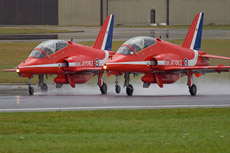
|
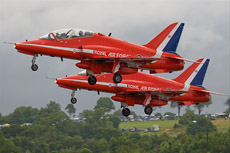
|
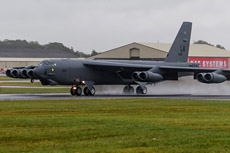
|
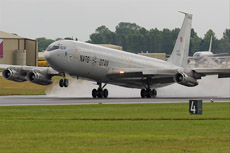
|
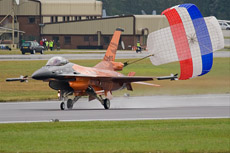
|
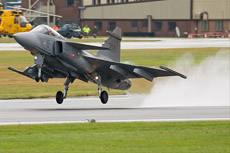
|
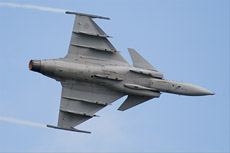
|
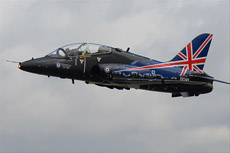
|
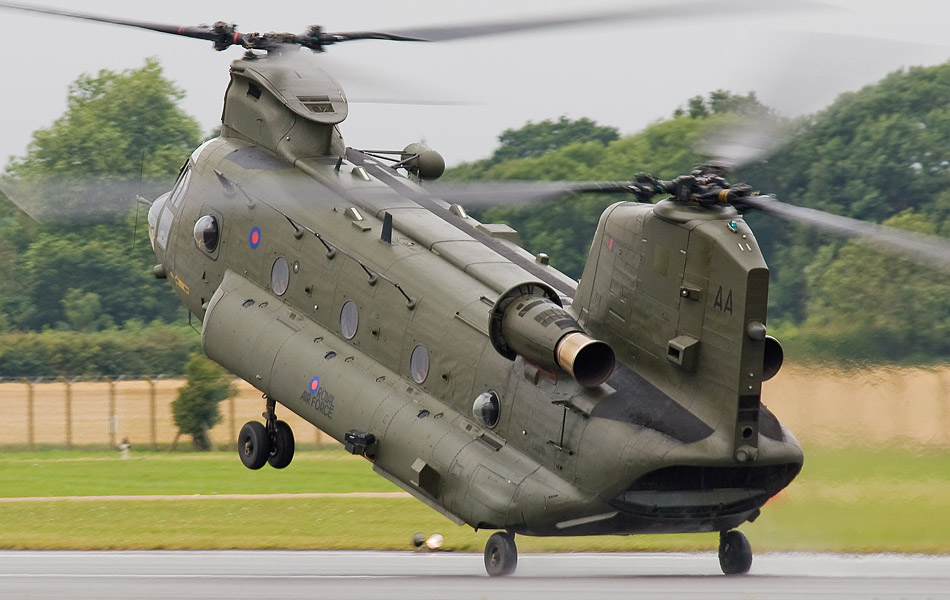
|
the Royal Flying Corps (RFC) of the British Royal Army. In April 1918, the RNAS was built up
off 67,000 officers and other troops, 2,949 aircraft, 103 zeppelins and 126 bases or harbors.
In the same period the RFC became the Royal Air Force (RAF).
On April 1, 1924, the Fleet Air Arm of the Royal Air Force was set up as an official part. This
part of the RAF consisted of parts which normally were stationed on the aircraft carriers and
battleships. On May 14, 1937 the Fleet Air Arm turned back under the control of the Admiralty
under the grant of the Inskip Award and it was officially renamed as the Air Branch of the Royal
Navy. At the beginning of the Second World War the Fleet Air Arm consisted out of twenty squadrons
and 232 aircraft. At the end of the war the Fleet Air Arm consisted out of five aircraft carriers,
3,700 aircraft, 72,000 officers and other soldiers and 56 air bases all over the world. Nowadays
the Fleet Air Arm counts nearly 6,200 men, which is about 10% of the total strength of the
British Royal Navy. They operate with about 250 planes and helicopters. The Harrier GR9 and the
two-seater training version Harrier T12 aircraft are shared with the Royal Air Force as part of
Joint Force Harrier (JFH).
When I woke up in my tent on Sunday morning at the campsite of RAF Fairford, I saw weather
conditions were very poor. The weather was gray and dull and from time to time we suffered some
heavy showers; this would be the trend today unfortunately. After dismantling and packing my
tent, I walked to the main entrance of RAF Fairford under rainy conditions. With a good spirit in
the hope weather conditions would improve I tried to find a nice spot next to the runway. I had
chosen to position myself halfway the main runway between the press tribunes because my feelings
told me the helicopter displays would be performed at this spot. The show started with the
take-off of the American B-52 who flew a local mission first before it would fly his demo. Right
after the take-off of the B-52, the Red Arrows arrived. After a while it became dry and today's
first demos took place which included the Dutch Air Force F-16 demo.
A lot of helicopters started up simultaneously halfway the day. They were preparing themselves
for the mass flight pass of the Royal Navy. A total of six Sea-Kings, four Merlins, five Lynxes,
four Jetstreams, four Hawks and two Harriers took off. It took more than half an hour before the
entire formation was airborne. We were able to take some beautiful photographs of this big mass
formation. Especially the large group of Jetstreams was nice to catch on photo because it will be
retired next year when it will be replaced by the Beach King Air. Two of the Lynx helicopters
performed a very professional display right after the Royal Navy flight pass. It was the turn of
the Mighty Vulcan to fly its demo after this event; it was for many people the highlight of the
airshow. Together with the B-52 it was a beautiful sight. Later on several demos followed of all
kind of fighters including the Typhoon. The New Zealand Air Force Boeing 757 would perform a demo
flight as one of the last participants of the airshow. The pilot of this aircraft showed us how
maneuverable a large aircraft like the Boeing 757 is. The take-off was also quite spectacular
because the runway still was wet due to the rain fall. A beautiful water trail behind the plane
was the result.
Unfortunately a part of the day was washed out by rain, but on the other site I had the
opportunity to shoot some photographs under different conditions. At the end of this day which
passed different than planned, I could conclude I was successful again on my UK trip. Tomorrow I
would go for the first time to the Salisbury Plain which is a gamble for me because I do not know
what to expect. This entire trip to the biggest annual military airshow was again a great event
with some surprising results. It was not the RIAT which contained the most extraordinary aircraft
what usually is the case, but it had some nice photo opportunities under different weather
conditions.
|
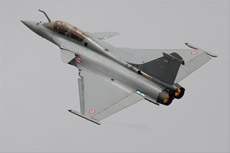
|
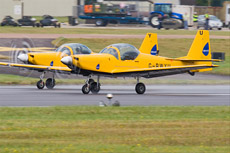
|
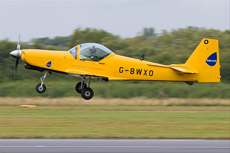
|
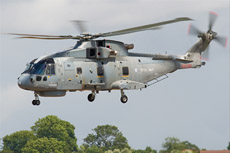
|
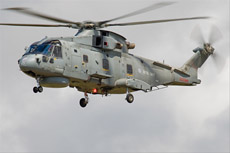
|
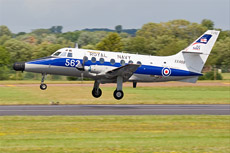
|
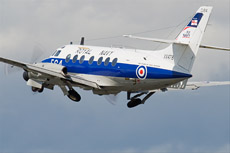
|
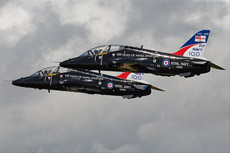
|
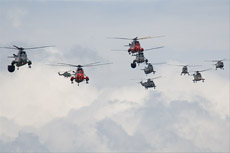
|
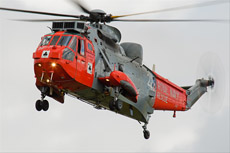
|
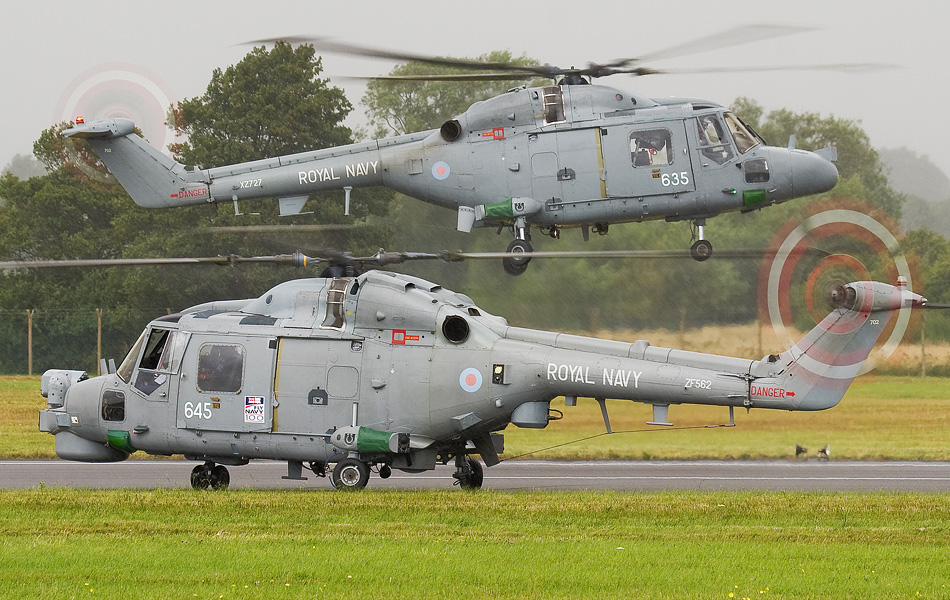
|
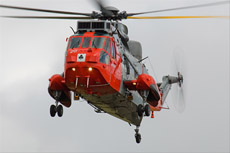
|
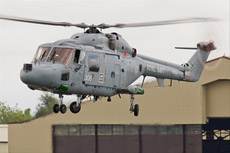
|

|
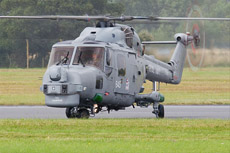
|
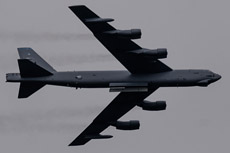
|
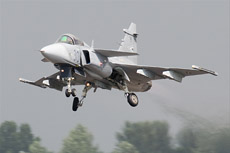
|
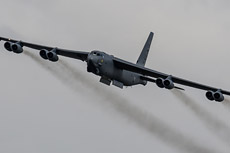
|
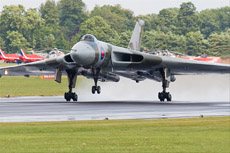
|
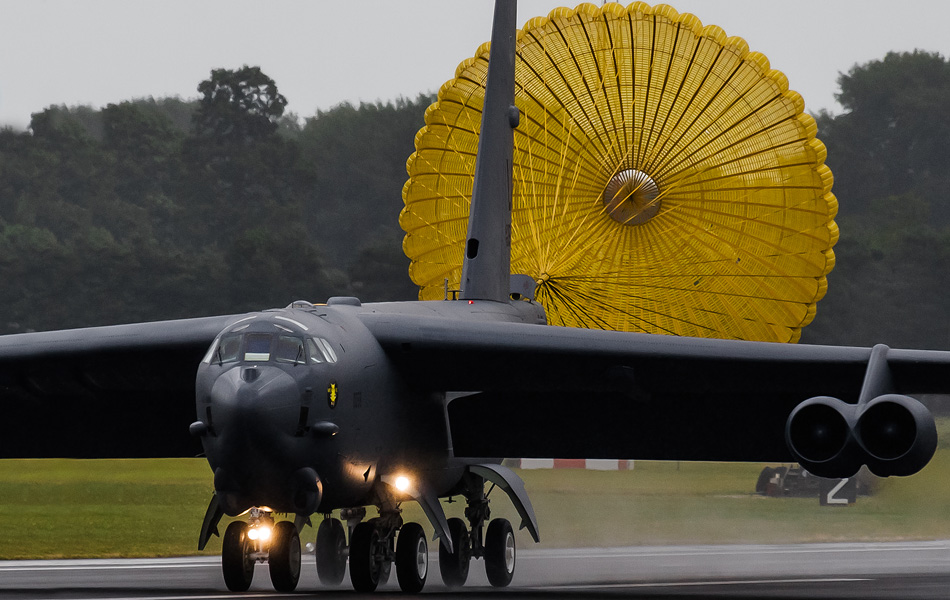
|
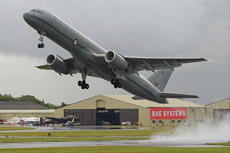
|
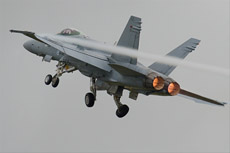
|
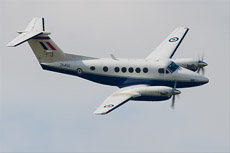
|
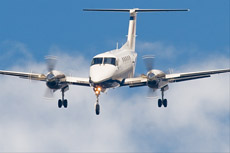
|
|
|

|







